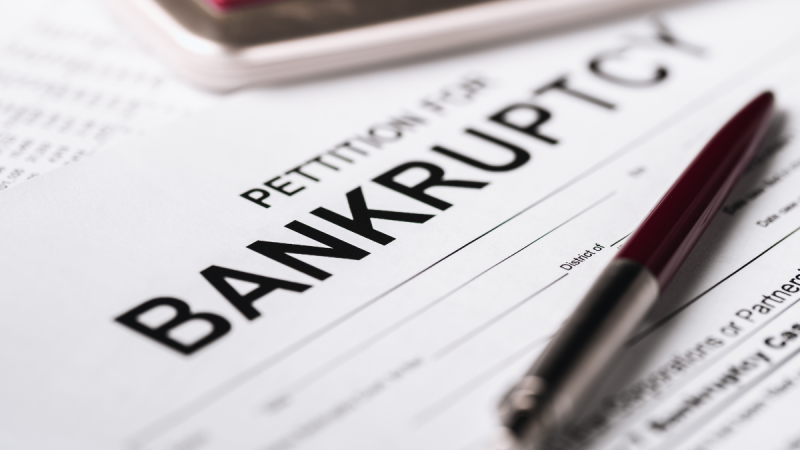When dealing with an annulment application made on the basis that the bankruptcy order ought not to have been made, the court will apply the following three-stage test:
- What grounds existed at the time the bankruptcy order was made;
- Whether, on those grounds, the bankruptcy order ought not to have been made; and
- Whether to exercise its discretion to annul the bankruptcy order (if the bankruptcy order ought not to have been made).
If the court determines that the bankruptcy order ought to have been made, the annulment application is likely to be dismissed.
In deciding whether to annul a bankruptcy order, the court can also review the validity of the debt upon which the creditor based their petition.
If a bankrupt seeks to annul their bankruptcy on the basis that they dispute the petition debt, they must show substantial grounds for asserting the dispute.
It is important to note that the bankruptcy does not need to prove that the debt was not due at all in order to obtain an annulment of the bankruptcy order.
In exceptional circumstances, an annulment application may also be used to re-litigate grounds which were submitted at the bankruptcy hearing.
Evidence may be adduced in relation to the circumstances at the time of the bankruptcy hearing, which can now be shown to have been wrong.
Fairness and the interests of justice generally require the court to consider new evidence, even if it has been submitted late or at the annulment hearing itself.
Discounting or excluding new evidence without evaluating or considering it leaves the court’s decision exposed to an appeal on the grounds of a serious procedural irregularity in the proceedings.

However, the debtor cannot simply repeat arguments which have been previously presented and dismissed on their merits at earlier hearings.
When deciding to annul a bankruptcy order, the court may also take into account changes which have occurred since the bankruptcy order was made.
Examples where the courts have annulled a bankruptcy order on this ground include:
- Where the debt which led to the bankruptcy petition being presented could have been disputed by the bankrupt, even though it wasn’t at the time the bankruptcy order was made;
- Where set off was available in order to reduce the bankruptcy petition debt to a level below the ability to petition for bankruptcy;
- Where the bankrupt was able to pay their debts but had colluded with their petitioning creditor (or the bankruptcy order had been made following the debtor’s own application);
- Where the court did not have jurisdiction to make the bankruptcy order (e.g. where the debtor’s centre of main interests was not in England and Wales);
- Where there was a procedural irregularity (e.g. the debtor was not properly served with the bankruptcy petition); or
- Where there had been a breach of natural justice (e.g. the debtor did not attend the hearing of the bankruptcy petition because they had been misled into thinking it would be adjourned).
















